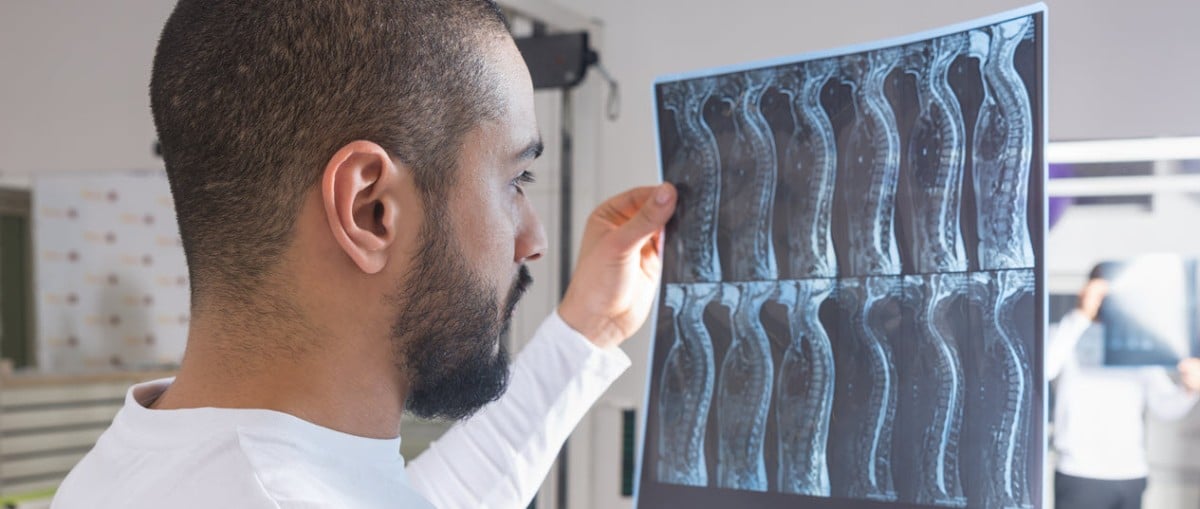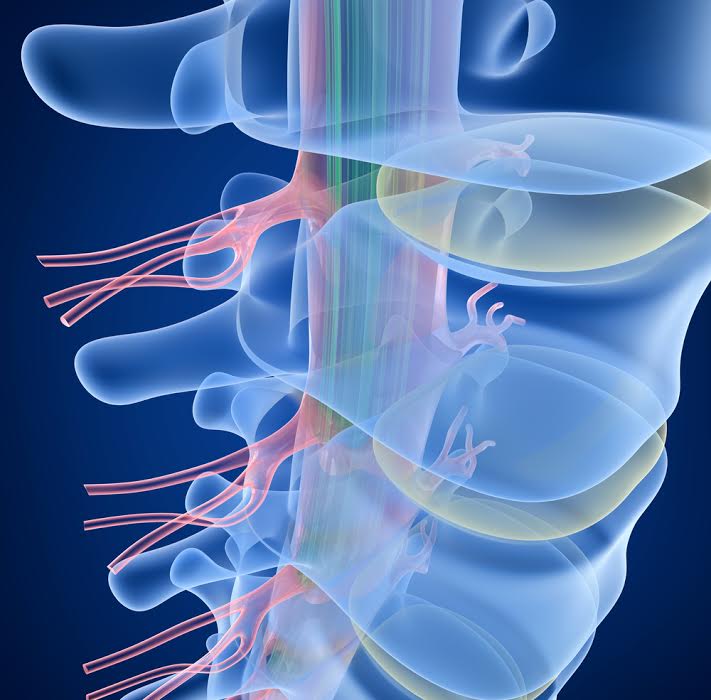
Overland Park Spinal Cord Injury Attorneys
Compassionate representation for spinal cord injury patients in Kansas
Patients with a spinal cord injury (SCI) must come to terms with permanent physical changes and overall quality of life. Depending on the nature of the accident, victims may be partially or fully paralyzed. Patients may also be unable return to work or enjoy the same hobbies that they did before the injury. Because spinal cord injury victims face a lifetime of medical care and physical complications, the negligent party who is responsible for causing the spinal cord injury needs to be held liable.
At Kansas City Accident Injury Attorneys, our Overland Park spinal cord injury lawyers have been fighting for spinal cord injury victims in Kansas and Missouri for decades. We work with investigators and use the discovery process to determine how the accident caused your injuries and who is responsible. Our lawyers work with your medical team to show the serious nature of your spinal cord injuries and how they have changed your life. Our team is ready to help you fight for all the compensation to which you are entitled.
What is a spinal cord injury?
A spinal cord injury is an injury where the nerves at the end of the spinal column suffer serious damage. The spinal cord is a group of nerve fibers in the spine responsible for transferring messages from the brain to the rest of the body. When the spinal cord experiences considerable damage, a person can experience trauma and symptoms below the site of the injury.
What is the difference between a spinal cord injury and a spinal injury?
A spinal cord injury is an injury where the spinal cord endures a significant amount of trauma. The spinal cord does not need to be severed to lose functioning ability. With many spinal cord injury victims, the spinal cord is still intact but has lost its ability to function.
Spinal injuries, on the other hand, are injuries where the bones around the spinal cord are injured, but the spinal cord is still able to function. Even though there is damage around the bones of the spinal cord, it does not mean that the victim will suffer from paralysis. Spinal cord injury victims endure paralysis when the spinal cord itself is damaged.
Do I have a case?
Call now or fill out a form to receive a free confidential consultation
How do medical professionals classify spinal cord injuries?
Spinal cord injuries are classified as either complete or incomplete. A complete spinal cord injury is an injury where the person loses all functioning ability below the spinal cord injury. An incomplete injury is where a person retains some functioning ability below the spinal cord injury. Spinal cord injuries are generally more severe depending on how high the injury occurred on the spine.
What are the four different forms of paralysis?
The four different forms of paralysis are:
- Monoplegia. This type of paralysis happens when a person experiences paralysis in one single part of the body.
- Hemiplegia. This type of paralysis happens when a person experiences paralysis in one arm and one leg on the same side of the body.
- Paraplegia. This type of paralysis happens when a person loses all functioning ability below the waist, in both legs, or the hips.
- Quadriplegia. This type of paralysis happens when a person experiences paralysis below the neck. The ability to move and function varies with this type of paralysis.
What are the common causes of spinal cord injuries?
There are several situations that can cause a person to experience a spinal cord injury. Some of the common causes include:
- Falls
- Car accidents
- Truck accidents
- Workplace accidents
- Slip and fall accidents
- Physical violence
- Sports injuries
- Birth injuries
How do medical professionals diagnose a spinal cord injury?
Spinal cord injuries are diagnosed using the following methods:
- X-rays. Medical professionals use x-rays to discover fractures within the bones, as well as other internal changes.
- CT scans. Computerized tomography (CT) scans produce computer images that can help medical professionals assess a patient. Doctors are able to see almost all parts of the body because of these images.
- MRI tests. Magnetic Resonance Imaging (MRI) is a resource that combines magnetic fields and computer-generated radio waves to help medical professionals discover spinal cord injuries.
What are long-term complications of spinal cord injuries?
After a spinal cord injury diagnosis, patients must prepare for either surgery or medical treatment. After the spinal cord has been immobilized, the victim will be provided appropriate medical services, which could include rehabilitation, physical therapy, counseling, recreational therapy, and occupational therapy. Rehabilitation involves teaching the patient how to use new technology and equipment that can help him or her become independent again.
How can an Overland Park spinal cord injury attorney help?
At Kansas City Accident Injury Attorneys, we’re dedicated to helping spinal cord injury victims in Kansas and Missouri obtain the compensation they deserve. Most spinal cord injury patients live with a lifetime of challenges and need extensive medical care. We review the full range of medical treatments and devices you will need over the years and just how much your injury is affecting you every day. We demand compensation from the person or parties who caused your spinal cord injury, including:
- Medical expenses. This includes expenses for rehabilitative services, hospital surgeries, hospital visits, emergency room care, and medical bills. Any medical devices and medications you need to treat your illness can also fall under this category.
- Lost income. You are entitled to compensation for all wage loss through the time of settlement or trial, including any future income loss because of your inability to work.
- Pain and suffering. Most spinal cord injury victims live with chronic pain, unable to enjoy their spouse, children, relatives, and friends as they once did. Many have difficulty with day-to-day tasks. SCI victims often need to consult with psychologists to help manage anxiety and stress, something commonly referred to as the psychological overlay of a serious physical injury.
Do you have a spinal cord injury attorney near me?
Kansas City Accident Injury Attorneys are ready to help. Our Overland Park office is located at 11900 College Blvd, next to Central Bank. It is available to you through appointment. We also maintain additional offices throughout Kansas and Missouri.
Our Overland Park spinal cord injury attorneys are here to help
The lawyers at Kansas City Accident Injury Attorneys have been fighting for the rights of spinal cord injury victims for 30 years. Our thorough hands-on approach has helped us establish a strong track record of securing fair compensation for our spinal cord injury clients. In many cases we are able to avoid trial altogether, because insurance companies and their lawyers know that we will litigate and try your case unless they pay fair value for your injuries, and we mean business. To discuss your injury claim, call us at 816-471-5111 or fill out our contact form to schedule your free consultation.
Overland Park Office
11900 College Blvd, Suite 301
Overland Park, KS 66210


